Home>Garden Essentials>How To Stop Ground Cover From Spreading
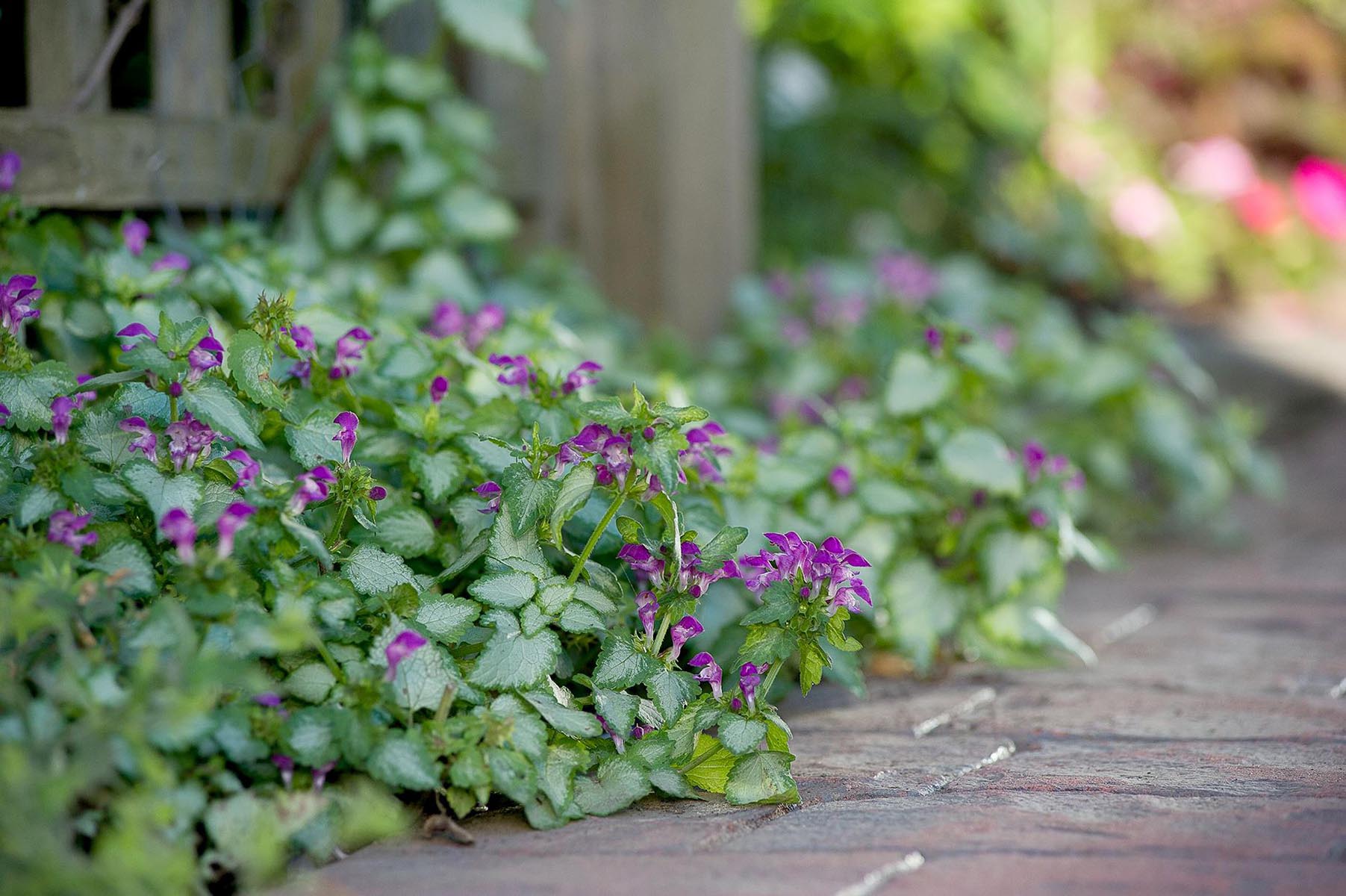

Garden Essentials
How To Stop Ground Cover From Spreading
Modified: October 21, 2024
Discover effective methods to prevent garden ground cover from spreading and taking over your yard. Implement simple techniques to maintain control and keep your garden looking beautiful.
(Many of the links in this article redirect to a specific reviewed product. Your purchase of these products through affiliate links helps to generate commission for Storables.com, at no extra cost. Learn more)
Introduction
Ground cover plants are a popular choice for gardens and landscapes due to their ability to quickly fill in bare areas and provide a lush, green carpet-like appearance. However, if left unchecked, ground cover plants can spread aggressively and start to invade other areas of the garden where they aren’t welcome. This can lead to a loss of control and a potential maintenance nightmare.
Understanding how ground cover plants spread and the factors that contribute to their spread is crucial in order to prevent them from taking over your garden. By implementing effective strategies and techniques, you can keep ground cover plants in check and maintain a well-manicured and controlled landscape.
In this article, we will explore the various factors that contribute to ground cover spread and discuss the importance of controlling it. We will also provide you with practical strategies for preventing ground cover spread, including regular maintenance, physical barriers, strategic planting techniques, chemical control methods, and the importance of monitoring and early intervention.
Key Takeaways:
- Ground cover plants can spread aggressively, but with regular maintenance, physical barriers, and strategic planting, you can prevent them from taking over your garden and maintain a well-manicured landscape.
- Monitoring and early intervention are key to preventing ground cover plants from becoming invasive. Regular inspections, prompt removal of unwanted growth, and division/transplantation help maintain control and create a well-maintained garden.
Read more: What Is The Fastest Spreading Ground Cover
Understanding Ground Cover Spread
Ground cover plants are known for their ability to spread and fill in bare areas of the garden. They typically have a creeping or sprawling growth habit, with stems or runners that root wherever they come in contact with the soil. This allows them to rapidly cover large areas and choke out weeds.
While the natural spreading ability of ground cover plants can be beneficial in certain situations, such as preventing soil erosion on slopes or filling in gaps between larger plants, it can also become problematic when they start encroaching on other plants or areas of your garden.
There are several factors that contribute to the spread of ground cover plants:
- Rooting Nodes: Ground covers often have nodes along their stems that can easily take root in the soil. These nodes allow the plant to spread horizontally and create new growth points where they establish themselves.
- Runners: Many ground covers produce long, trailing stems or runners that extend horizontally along the ground. These runners can root at various points, forming new plants and expanding the coverage area.
- Seeds: Some ground cover plants also produce seeds, which can be dispersed by wind, water, or animals. These seeds can germinate and give rise to new plants in different locations, contributing to the spread of the ground cover.
- Aggressive Growth: Certain ground cover species are naturally more aggressive in their growth habits. They have a higher propensity to spread quickly and take over surrounding areas, outcompeting other plants for resources.
It’s important to note that some ground cover plants are intentionally chosen for their ability to spread and fill in areas where other plants may struggle. However, in garden settings, it’s crucial to maintain control over their spread to avoid unwanted encroachment.
By understanding how ground cover plants spread and the factors influencing their spread, you can take proactive measures to prevent them from becoming invasive and ensure a harmonious and well-balanced garden.
Factors contributing to Ground Cover Spread
Several factors can contribute to the spread of ground cover plants in a garden or landscape. Understanding these factors will help you identify potential issues and take appropriate measures to prevent their excessive spread.
- Soil Conditions: Ground cover plants thrive in various soil types, but certain conditions can encourage their spread. For example, fertile and well-drained soil provides an ideal environment for root development and encourages rapid growth and expansion.
- Moisture Availability: Adequate moisture plays a significant role in the spread of ground cover plants. Excessively wet or consistently moist soil can promote vigorous growth and enable the plants to send out new shoots and runners more easily.
- Light Conditions: Ground cover plants often have specific light requirements, ranging from full sun to partial shade. If conditions are optimal for a particular ground cover species, they may spread more aggressively in response to abundant sunlight or shade as per their preferences.
- Competition: Competition with other plants in the garden can influence the spread of ground cover. If there is little competition or suppression from nearby plants, ground covers can proliferate more extensively and dominate the space.
- Climate: Different ground cover species have different climate preferences. Some are more adapted to warmer regions, while others thrive in cooler climates. Ground covers that are well-suited to the local climate may have an advantage and spread more easily.
- Wildlife and Pollinators: Animals, birds, and insects can play a role in the dispersal of seeds from ground cover plants. They may consume the fruits or seeds and spread them to new areas as they move around the garden.
- Human Intervention: In some cases, unintentional human intervention can contribute to the spread of ground cover plants. For example, mowing or trimming without proper disposal of plant parts can lead to the redistribution of seeds or fragments, resulting in new growth.
It’s essential to assess these factors in your specific garden and make appropriate adjustments to prevent excessive spread. By understanding the conditions that contribute to ground cover spread, you can implement strategies to manage and control their growth effectively.
The Importance of Controlling Ground Cover Spread
While ground cover plants can add beauty and functionality to a garden, it’s crucial to maintain control over their spread to prevent them from becoming invasive and overwhelming other plants or areas of your landscape. Here are some reasons why controlling ground cover spread is important:
1. Maintaining Aesthetic Appeal: Uncontrolled ground cover can quickly take over a garden, obscuring the design and overwhelming the intended aesthetic. By keeping their spread in check, you can ensure that the visual appeal of your garden remains intact, allowing other plants and features to shine.
2. Protecting Other Plants: Ground covers that spread aggressively can outcompete and suffocate neighboring plants. They may steal essential nutrients, water, and sunlight, causing harm or even death to desired vegetation. Controlling their spread helps protect the health and survival of other plants in your garden.
3. Preventing Soil Erosion: One of the benefits of ground cover plants is their ability to prevent soil erosion. However, if they spread too much, their dense growth can hinder water absorption and increase runoff, leading to erosion problems. By containing their spread, you can maintain the erosion-control benefits without sacrificing soil stability.
4. Ease of Maintenance: Unrestrained ground cover can become a maintenance nightmare. It can be challenging to keep up with excessive growth, requiring frequent trimming, pruning, and removal of unwanted shoots. By controlling their spread, you can minimize the time and effort spent on ground cover maintenance.
5. Avoiding Invasive Behavior: Some ground cover plants have a notorious reputation for being invasive and damaging natural ecosystems. Containing their spread in a garden setting prevents them from escaping cultivation and threatening native plant species in surrounding areas.
6. Preserving Biodiversity: A garden with diverse plant species supports a thriving ecosystem. When ground cover plants spread uncontrollably, they can monoculture and limit biodiversity, reducing the habitats and food sources available for beneficial insects, birds, and other wildlife. By managing their spread, you can maintain a healthy and vibrant ecosystem.
Remember, controlling ground cover spread doesn’t mean eliminating these lovely plants from your garden. It simply involves managing their growth and ensuring they stay within desired boundaries. By striking the right balance, you can enjoy the benefits of ground covers while maintaining a well-controlled and harmonious landscape.
Strategies for Preventing Ground Cover Spread
Preventing ground cover plants from spreading uncontrollably in your garden requires a combination of proactive measures and regular maintenance. Here are five effective strategies to help you manage and prevent ground cover spread:
- Regular Maintenance: Regularly monitoring and maintaining your ground cover plants is crucial for preventing excessive spread. This includes routine weeding, pruning, and trimming to remove any unwanted shoots or runners. Regularly thinning out dense patches of ground cover will help control their growth and prevent them from overtaking other plants.
- Physical Barriers: Installing physical barriers can be highly effective in containing ground cover spread. Use edging materials, such as plastic or metal landscape edging, to create boundaries and prevent the plants from spreading beyond the desired area. Additionally, landscape fabric or geotextiles can be placed beneath the ground cover to inhibit root penetration and limit lateral spread.
- Strategic Planting Techniques: When selecting and planting ground cover, consider their growth habits and choose plants that are less invasive or have slower spread rates. Opt for clump-forming varieties rather than those with aggressive runners. Plant ground cover species that are well-suited to the specific conditions of your garden, making it easier to maintain their growth and prevent excessive spread.
- Chemical Control Methods: In situations where other prevention strategies have not been successful, the targeted use of herbicides can be employed to control ground cover spread. Consult with a local gardening professional to identify the most appropriate herbicide for your specific ground cover species and follow the application instructions carefully. Use herbicides selectively and with caution, taking care to protect desired plants from damage.
- Monitoring and Early Intervention: Regularly monitor the growth and spread of your ground cover plants to catch any signs of unwanted expansion early on. Inspect the edges of the ground cover regularly, particularly near borders or areas where they interact with other plants. By promptly removing any errant shoots or runners, you can prevent them from establishing new growth points and spreading further.
Remember that different ground cover species may require different management strategies, so it’s important to familiarize yourself with the specific needs and growth habits of the plants you have chosen.
By implementing these strategies and regularly tending to your ground cover plants, you can maintain control over their spread, keep your garden healthy and visually appealing, and create a well-manicured landscape that enhances the beauty of your outdoor space.
Read more: How To Stop A Crack In Glass From Spreading
Regular Maintenance
Regular maintenance is a fundamental strategy for preventing excessive spread of ground cover plants in your garden. By implementing consistent and proactive care, you can keep these plants in check and ensure they stay within desired boundaries. Here are some key maintenance practices to consider:
- Weeding: Regularly inspect your ground cover areas for any weeds that may be competing for resources or spreading among the plants. Remove weeds by hand or with the help of a hand tool, being cautious not to disturb the ground cover’s roots. Promptly removing any weeds will limit their ability to spread and compete with your desired ground cover plants.
- Pruning and Trimming: As ground cover plants continue to grow, they may develop long shoots or runners that spread beyond their intended area. Pruning and trimming these excess growths will help manage their spread and maintain a neat appearance. Use sharp, clean gardening shears to trim back any overgrown or straggling branches, focusing on the edges where the ground cover interacts with neighboring plants or structures.
- Thinning out Dense Patches: Ground cover plants can form dense patches over time, especially in areas where they receive ample sunlight and moisture. These dense patches can promote further spreading and inhibit the growth of other desirable plants. Regularly thin out these dense patches by selectively removing some plants, allowing for better airflow and light penetration. This will help prevent the ground cover from becoming too aggressive and overcrowded.
- Dividing and Transplanting: Some ground cover plants tend to become overcrowded, resulting in reduced vigor and potential spreading. Dividing and transplanting them every few years can help revitalize their growth and prevent excessive spread. Carefully dig up clumps of overgrown ground cover and separate them into smaller sections. Replant these smaller sections in areas where you want to fill in gaps or expand the ground cover, ensuring adequate spacing to prevent overcrowding.
- Regular Inspection: Regularly inspect your ground cover plants for any signs of excessive spreading or encroachment. Pay close attention to the perimeter of the ground cover area, especially near borders or areas where the ground cover interacts with other plants or structures. By promptly addressing any unwanted shoots or runners, you can prevent them from establishing new growth points and spreading further.
Consistent and attentive maintenance is essential to preventing ground cover plants from becoming invasive and overwhelming your garden. By dedicating time to weed, prune, thin, divide, and inspect your ground cover regularly, you can maintain control over their spread and ensure they enhance the beauty and functionality of your outdoor space without taking over.
Regularly trim and prune ground cover to prevent it from spreading too aggressively. Use a physical barrier like edging or a deep trench to contain the roots and prevent them from spreading further.
Physical Barriers
Creating physical barriers is an effective strategy for preventing the spread of ground cover plants beyond their designated areas. These barriers act as a physical deterrent, restricting the growth and movement of the plants. Here are some key methods for implementing physical barriers:
- Landscape Edging: Install landscape edging materials, such as plastic, metal, or stone, along the borders of your ground cover areas. This creates a clear separation between the ground cover and surrounding plants or features, preventing the plants from spreading beyond their intended boundaries. Make sure the edging is placed deep enough into the soil to discourage the ground cover’s runners from extending underneath.
- Landscape Fabric: Lay down landscape fabric or geotextiles beneath the ground cover to provide an additional layer of barrier against root penetration and lateral spread. These materials allow water and nutrients to pass through while inhibiting the growth of ground cover plants beyond the desired area. Ensure that the fabric is securely anchored and overlap the edges to prevent any gaps where the plants might find a way to spread.
- Container Planting: If you want to keep ground cover plants contained in specific areas, consider planting them in containers or raised beds. This provides a clear physical boundary and prevents the plants from spreading beyond the confines of the containers. Choose containers with bottom drainage holes to ensure proper water drainage and prevent waterlogging, which could encourage root penetration through the drainage holes.
- Buried Barriers: For ground cover plants with aggressive runners, consider burying physical barriers such as metal or plastic sheeting vertically into the soil around the ground cover area. This creates an underground barrier that prevents the runners from spreading underground and taking root in new locations. Ensure that the barrier is buried deep enough to deter the plant’s horizontal growth.
- Mowing or Trimming Boundary: Regularly mow or trim the edges of your ground cover area along the perimeter to create a clear boundary that prevents the plants from spreading into adjacent areas. Use a sharp lawn mower blade or trimmer to cut back any new shoots or runners that may be extending beyond the desired boundaries, effectively limiting their spread.
Physical barriers provide a visible and tangible means of controlling ground cover spread. By employing these methods, you can effectively restrict the growth and movement of ground cover plants, ensuring they stay within the designated areas of your garden while maintaining a tidy and well-defined landscape.
Strategic Planting Techniques
Strategic planting techniques can help prevent excessive spread of ground cover plants and allow you to maintain control over their growth in your garden. By carefully choosing and placing your ground covers, you can create boundaries and limit their ability to spread outside desired areas. Here are some key techniques to consider:
- Choose Non-Invasive Species: Select ground cover plants that have slower spreading tendencies or are known to be less invasive. Research different species and cultivars to find ones that meet your specific needs and are suited to your garden conditions. Avoid planting ground covers that are highly aggressive or have rapid spreading habits.
- Consider Growth Habit: Pay attention to the growth habit of the ground cover plants you choose. Some ground covers produce runners or creeping stems that can easily spread, while others grow in clumps or mounds. Opt for clump-forming ground covers or those with a less vigorous spreading habit to limit their ability to spread beyond desired boundaries.
- Proper Spacing: When planting ground cover plants, make sure to provide adequate spacing between individual plants. This prevents overcrowding and limits the chances of the plants spreading excessively. Refer to the specific spacing recommendations for each ground cover species to ensure proper room for growth.
- Isolate in Containers: For particularly aggressive ground cover plants or those known to have invasive tendencies, consider growing them in containers. Plant them in pots or other containers that are large enough to accommodate their growth. This will confine the ground cover’s spread and make it easier to control.
- Use Barriers in Planting Holes: If you are concerned about the spread of ground cover plants, you can use physical barriers within the planting holes. Place a barrier material, such as plastic or metal, vertically into the hole, leaving a few inches above the soil surface. This barrier will help restrict the horizontal spread of the ground cover’s roots.
- Regular Pruning and Division: Regular pruning and division can help manage the spread of ground cover plants. By periodically trimming back overgrown or spreading stems and dividing clumps, you can prevent their excessive spread and maintain a more controlled growth pattern.
By utilizing strategic planting techniques, you can prevent ground cover plants from taking over your garden and maintain control over their growth. Careful selection, proper spacing, and thoughtful placement of ground covers will help you create a beautiful and well-maintained landscape while keeping their spread in check.
Chemical Control Methods
While regular maintenance and physical barriers are effective means of controlling ground cover spread, in some cases, chemical control methods might be necessary to prevent the plants from overtaking your garden. It’s essential to approach chemical control with caution and use it as a last resort after considering other prevention strategies. Here are some key considerations when using chemical control methods:
- Identify the Problematic Species: Before applying any herbicides, accurately identify the particular ground cover species that you want to control. This will help you choose the appropriate herbicide product and determine the most effective application method.
- Select the Right Herbicide: Different herbicides work on specific types of plants. Choose a herbicide that is labeled for use on ground cover plants and is specifically formulated to target the species causing the spreading issue. Read and follow the manufacturer’s instructions carefully for proper mixing ratios, application rates, and safety precautions.
- Apply with Precision: When applying herbicides to control ground cover spread, it’s important to target the specific areas affected by the invasive growth. Use a targeted approach, such as spot treatment, to minimize the impact on desired plants or surrounding vegetation. Direct the herbicide spray or application only onto the leaves or stems of the ground cover plants you want to control.
- Timing Is Key: Timing is crucial when using herbicides for ground cover control. Apply the herbicide when the ground cover plants are actively growing and most susceptible to the chemical treatment. Follow the recommendations provided by the herbicide manufacturer for the best timing based on the growth stage of the ground cover species.
- Protect Desired Plants: To prevent damage to desired plants, cover or shield them during herbicide application. Use plastic sheets, cardboard, or any suitable material to physically protect the plants from accidental overspray or drift. This will help ensure that the herbicide only affects the ground cover plants you are targeting.
- Consider Environmental Factors: Be mindful of the environmental conditions when using herbicides. Avoid spraying on windy days to minimize drift onto non-target plants. Additionally, avoid application before rainfall, as it can potentially wash away the herbicide before it has a chance to be effective.
- Follow Safety Precautions: Adhere to all safety precautions mentioned on the herbicide labels. Wear protective clothing, gloves, goggles, and a mask to avoid direct contact with the herbicide. Store and dispose of herbicides properly to prevent accidental exposure or environmental contamination.
Chemical control methods should be used judiciously and as a last resort when other preventive measures have not been successful. Remember that herbicides can have unintended side effects, so it’s important to use them sparingly and only when absolutely necessary.
Consult with a local gardening professional or extension service for specific advice on herbicide selection and application techniques to ensure optimal control of ground cover spread while minimizing harm to the environment and desired plants.
Read more: How To Take Cuttings From Ground Cover
Monitoring and Early Intervention
Monitoring your ground cover plants regularly and intervening early is a proactive approach to preventing their excessive spread in your garden. By staying vigilant and addressing any signs of unwanted growth promptly, you can effectively control their spread before it becomes a larger issue. Here are key steps for monitoring and early intervention:
- Regular Visual Inspections: Conduct visual inspections of your ground cover areas on a routine basis. Pay close attention to the edges of the ground cover where they meet other plants, structures, or open spaces. Look for any signs of shoots or runners extending beyond their designated boundaries.
- Identify Unwanted Growth: Learn to distinguish between desirable ground cover growth and unwanted spreading. Understand the natural growth habit and spreading tendencies of each ground cover species in your garden. This will help you identify any abnormal or excessive spreading early on.
- Prompt Removal of Unwanted Shoots or Runners: Whenever you notice any shoots or runners extending beyond the intended area, promptly remove them. Using sharp and clean gardening shears, cut back the unwanted growth close to the ground level. This will prevent the plants from establishing new growth points and spreading further.
- Thinning Out Dense Areas: If you observe dense patches of ground cover, selectively thin them out to promote better air circulation and prevent further spreading. Remove some plants from the overcrowded areas, allowing more space for the remaining plants to grow in a controlled manner.
- Division and Transplantation: For ground cover plants that have started to spread excessively, consider dividing and transplanting them. Dig up clumps of overgrown ground covers and separate them into smaller sections. Replant these smaller sections in areas where you want to fill gaps or expand the ground cover, ensuring proper spacing to prevent overcrowding.
- Regular Maintenance Practices: Continue with regular maintenance practices, such as weeding, pruning, and trimming, to keep your ground cover plants healthy and prevent unchecked spreading. These routine tasks help you stay on top of any potential spreading issues and maintain control over their growth.
By monitoring your ground cover plants and intervening early, you can effectively manage and prevent their excessive spread. Regular inspections, prompt removal of unwanted growth, thinning out dense areas, and division/transplantation will help you maintain control and create a well-maintained garden.
Remember to observe and understand the specific growth habits of each ground cover species you have planted, as different plants may require different levels of monitoring and intervention.
Conclusion
Controlling the spread of ground cover plants is essential for maintaining a well-manicured garden and preventing them from becoming invasive. By understanding the factors that contribute to their spread and implementing effective strategies, you can keep these plants in check and create a harmonious landscape. Regular maintenance, the use of physical barriers, strategic planting techniques, judicious use of chemical control methods, and monitoring for early intervention are key elements in preventing excessive ground cover spread.
Regular maintenance practices, such as weeding, pruning, and thinning out dense patches, help manage the growth of ground cover plants and maintain their boundaries. Physical barriers, such as landscape edging, landscape fabric, containers, and buried barriers, create physical boundaries and prevent spreading beyond designated areas.
Strategic planting techniques, such as selecting non-invasive species, considering growth habits, and proper spacing, help prevent ground cover spread from the start. Chemical control methods should be used with caution and as a last resort when other prevention strategies have been ineffective. Monitoring the growth of ground cover plants and intervening early with prompt removal, thinning, division, and transplantation prevent the spread before it becomes a larger issue.
By implementing these strategies and practicing attentive garden management, you can successfully prevent ground cover plants from taking over and maintain a well-controlled and beautiful landscape. Remember to choose ground covers that are suited to your garden conditions, monitor their growth regularly, and adapt your strategies based on the specific needs of the plants. With proper care and management, your ground cover plants can enhance the aesthetics of your garden without becoming invasive or overwhelming the space.
Frequently Asked Questions about How To Stop Ground Cover From Spreading
Was this page helpful?
At Storables.com, we guarantee accurate and reliable information. Our content, validated by Expert Board Contributors, is crafted following stringent Editorial Policies. We're committed to providing you with well-researched, expert-backed insights for all your informational needs.

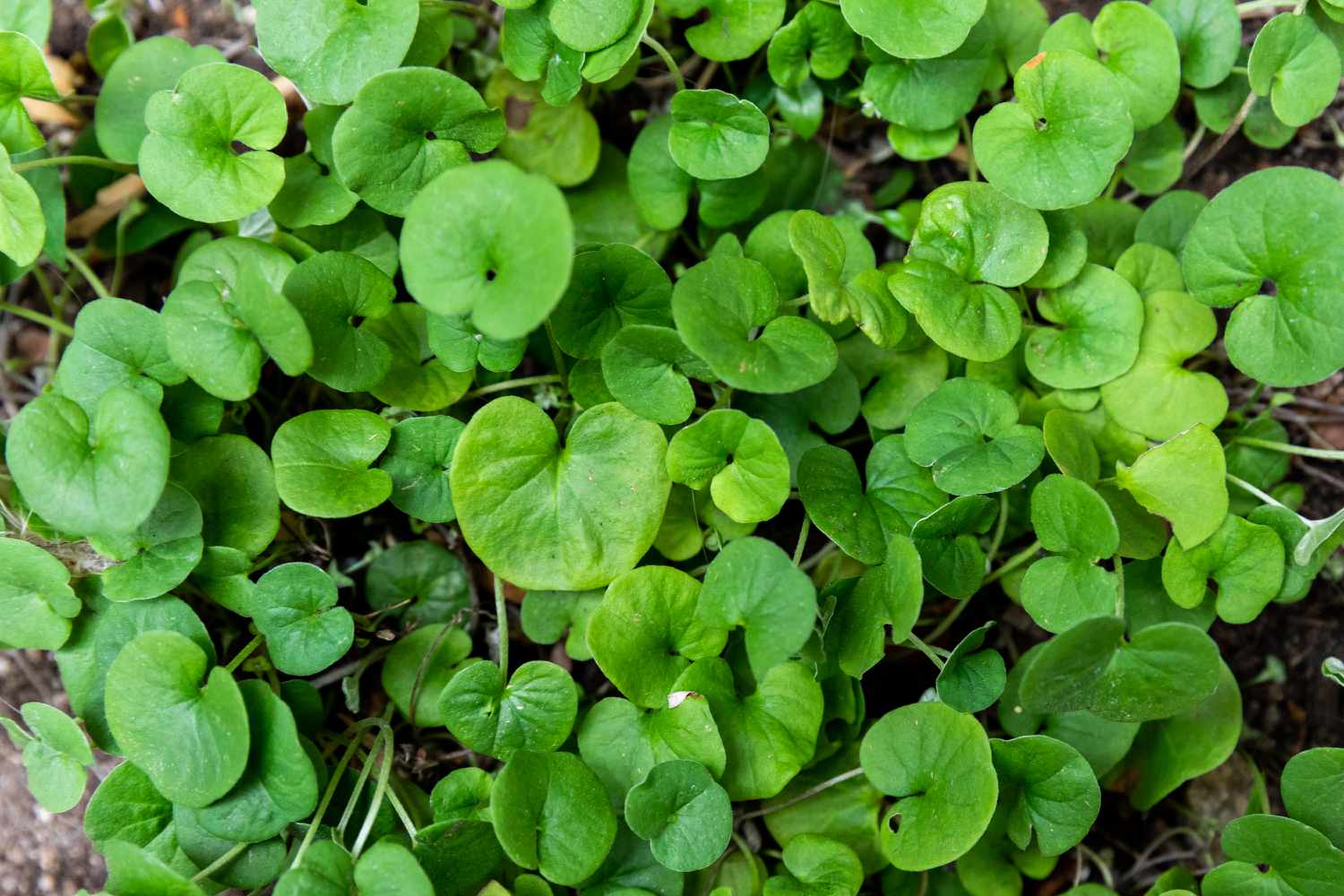
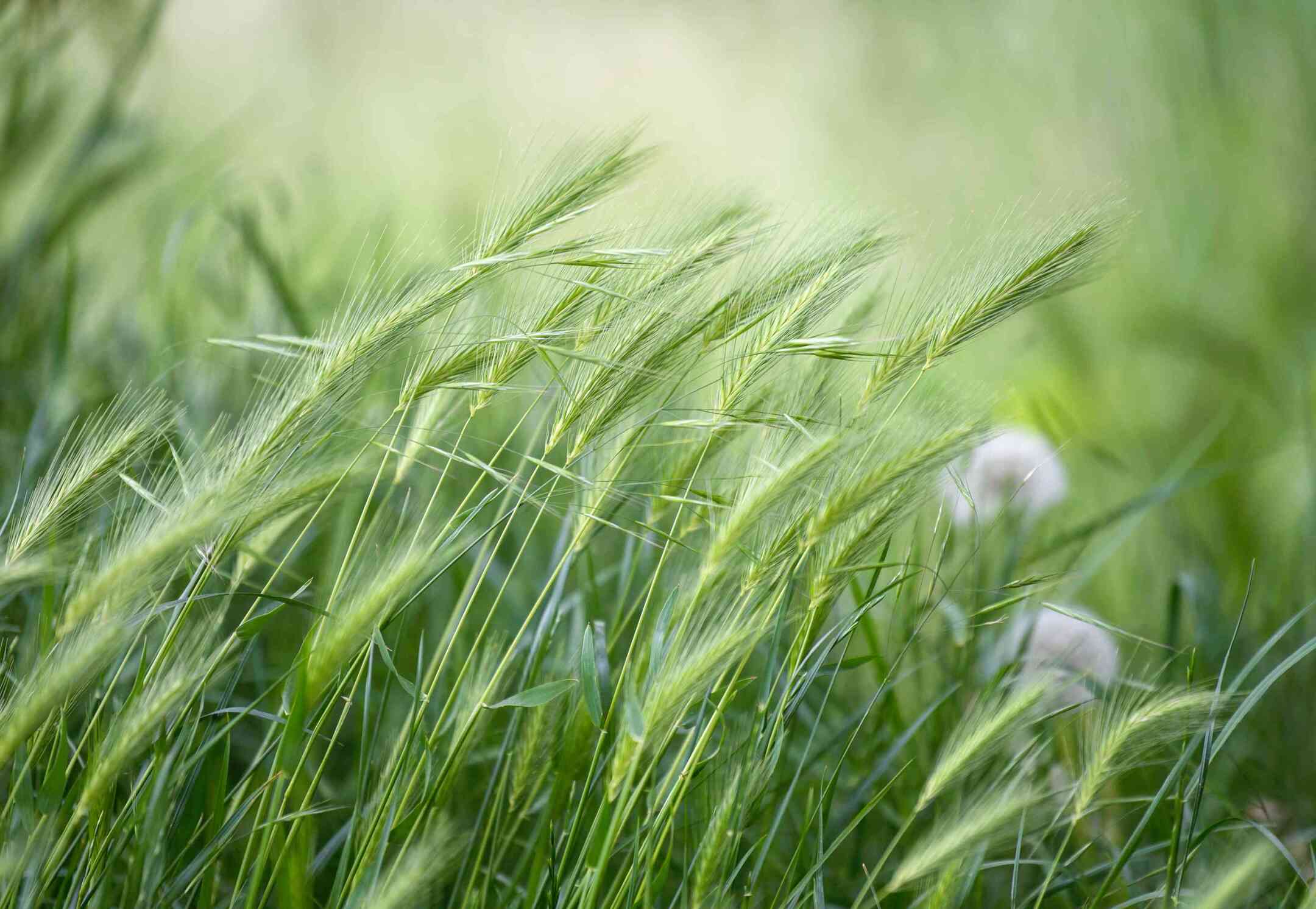

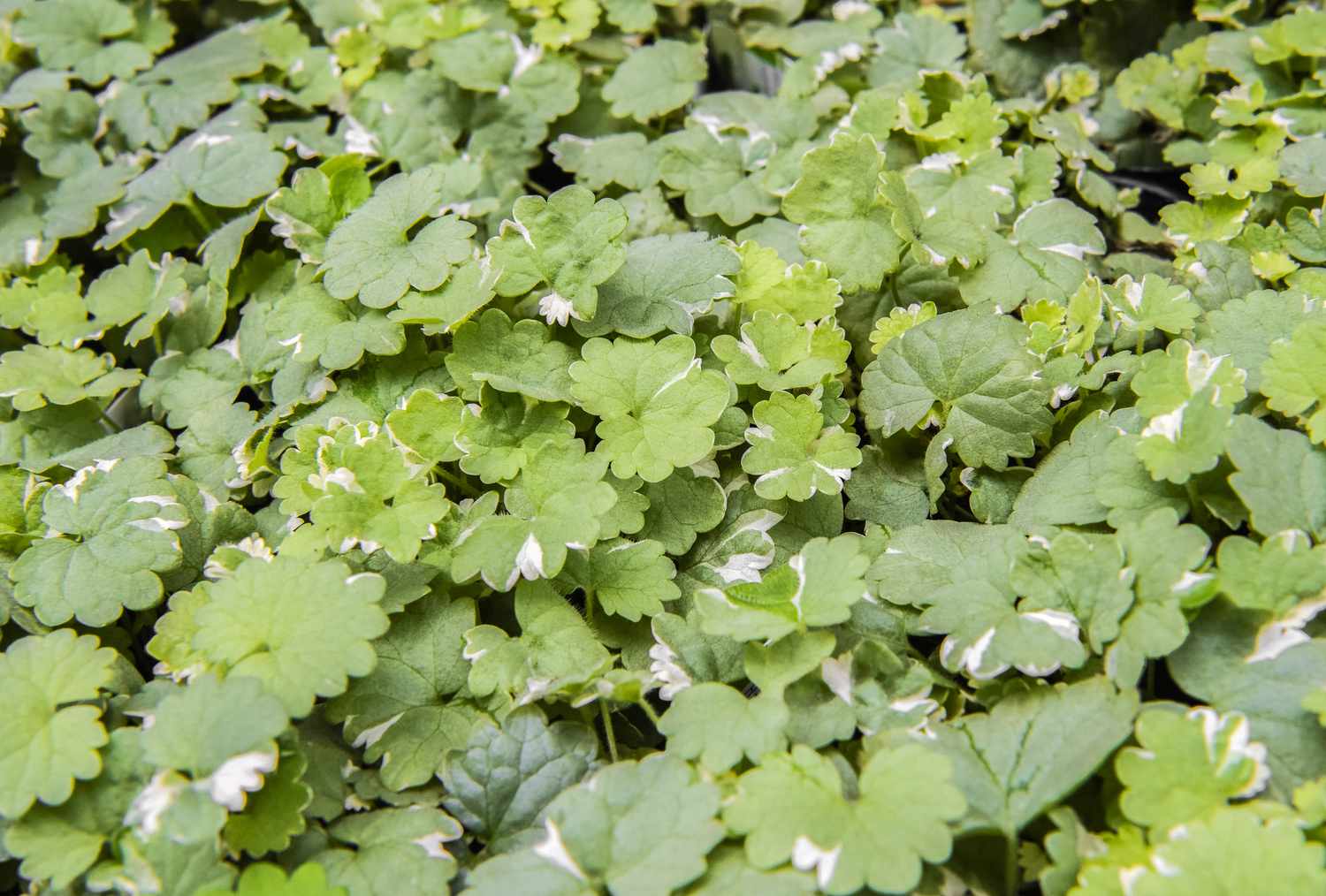
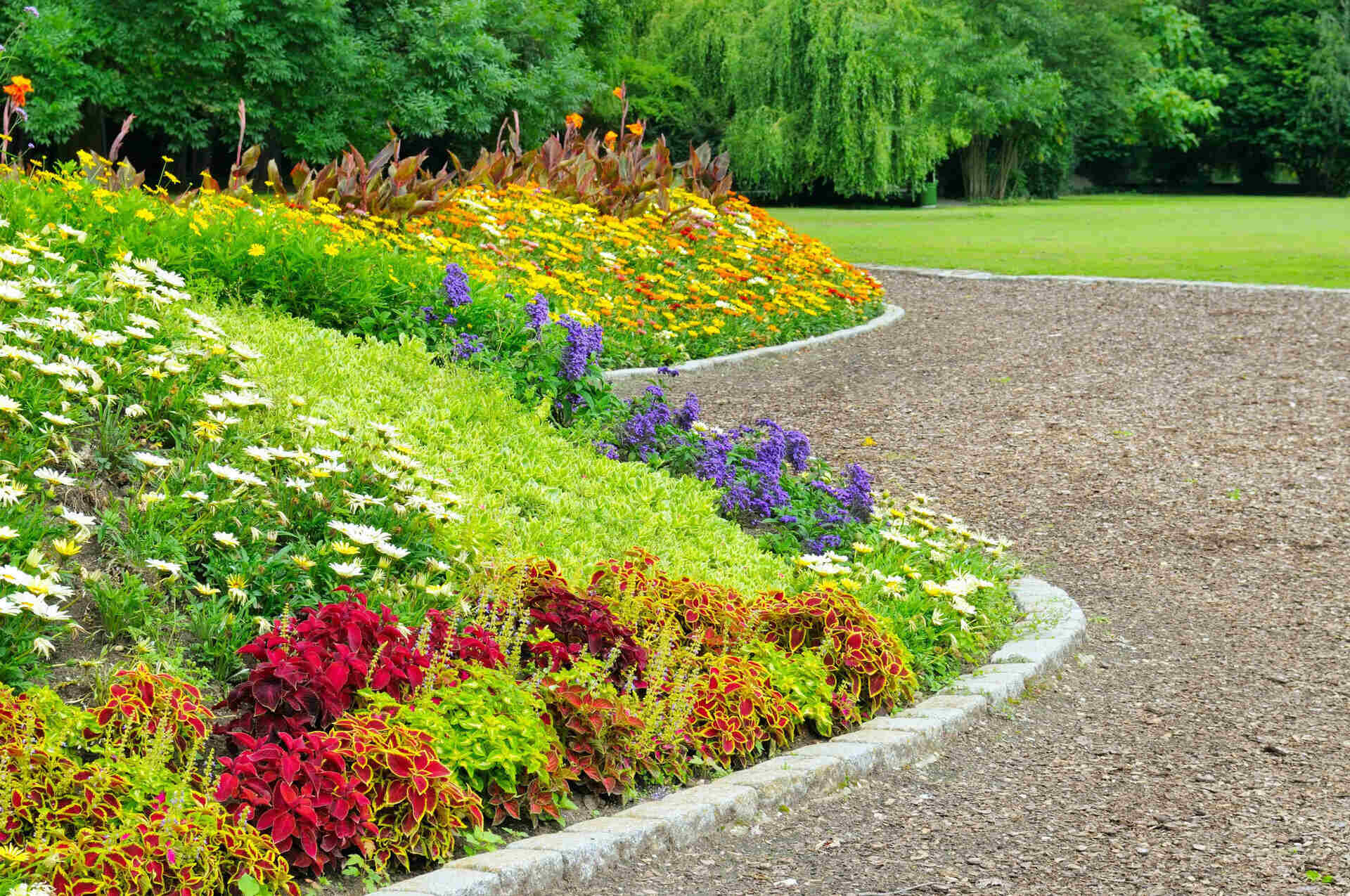
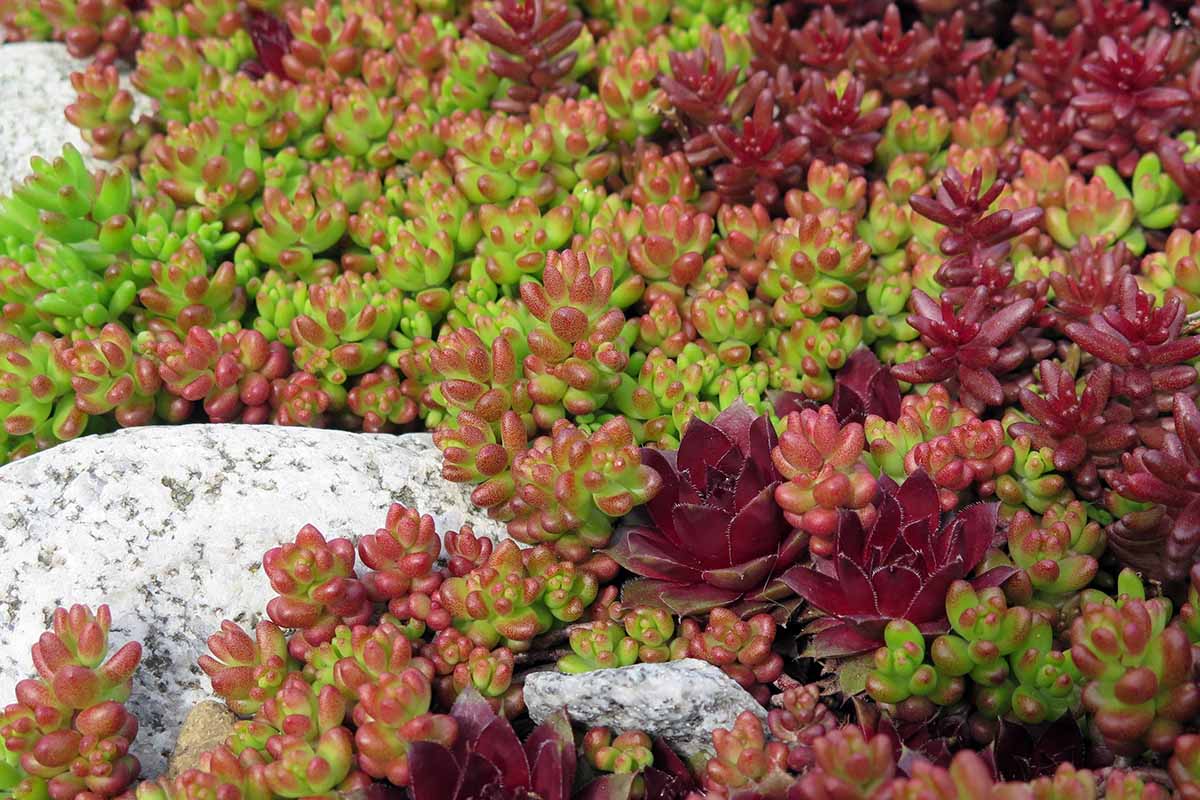
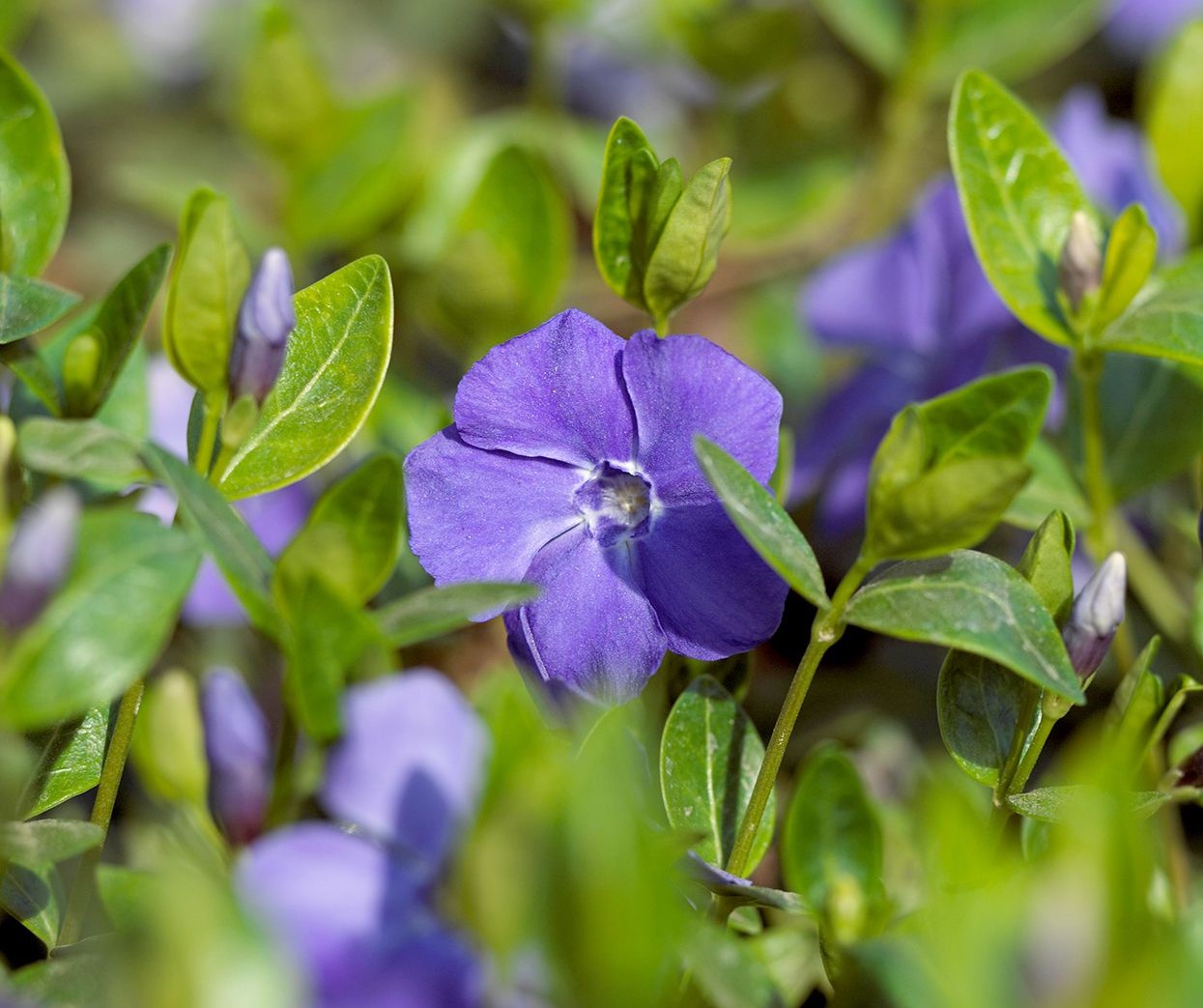


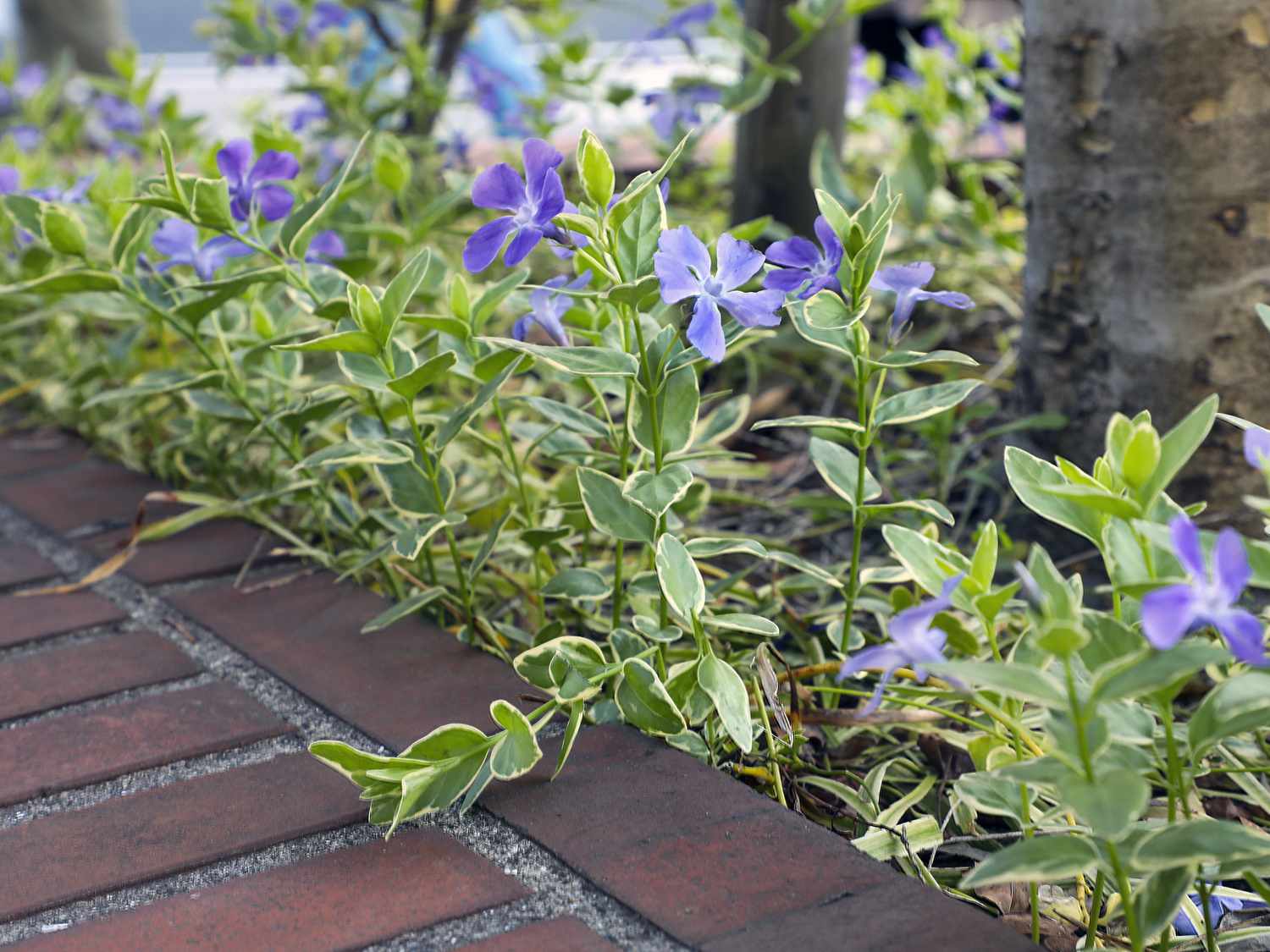

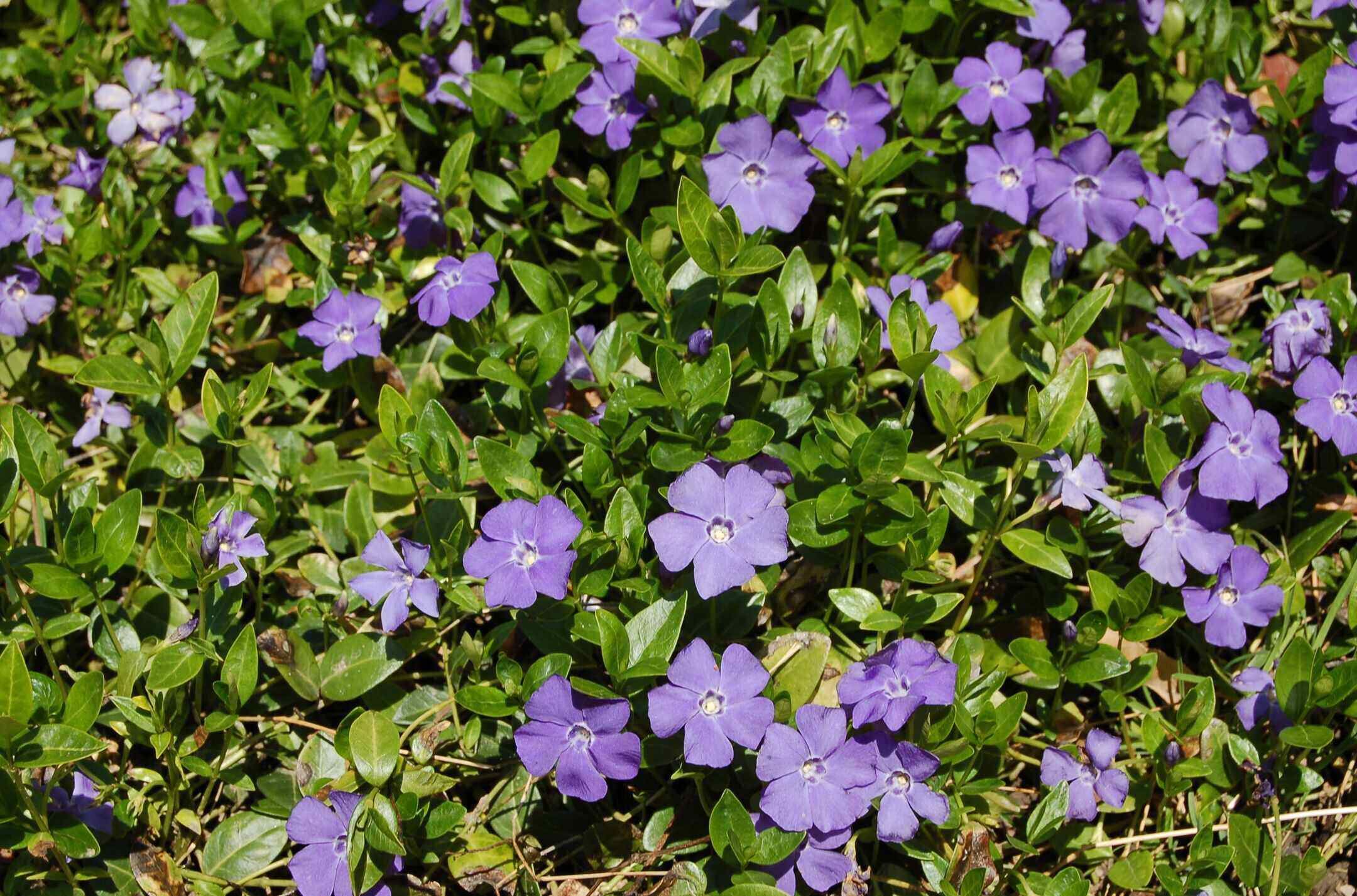

0 thoughts on “How To Stop Ground Cover From Spreading”